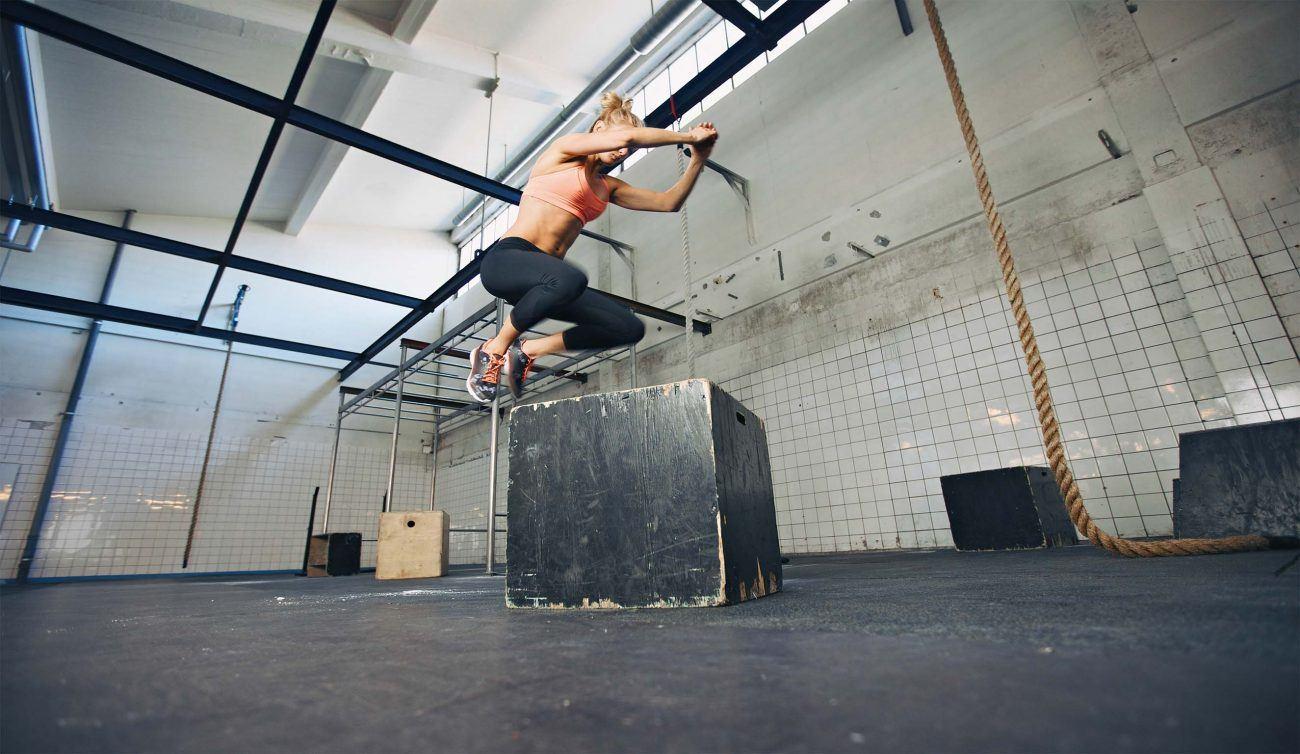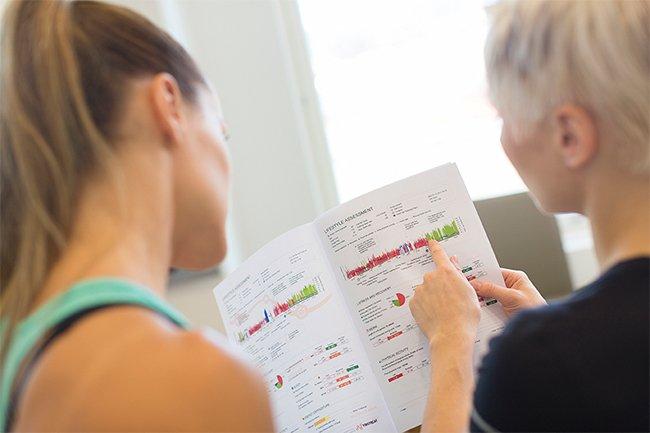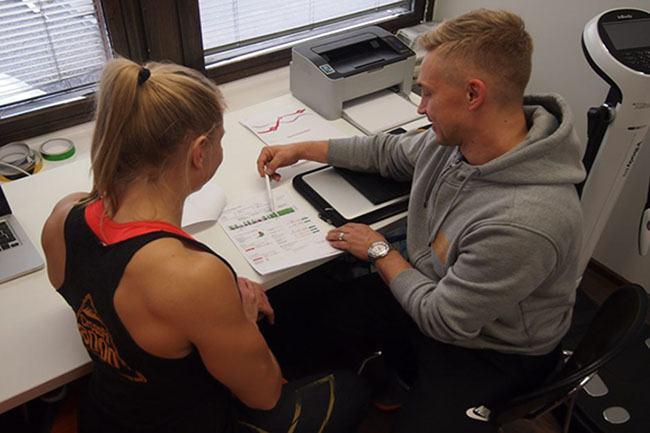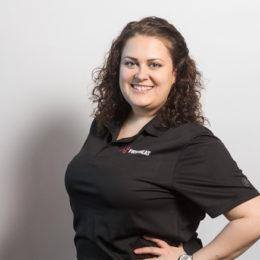
Free translation from blog text ”Firstbeat apuna urheilijan palautumisen analysoinnissa” written by CrossFit competitor and CrossFit coach Laura Isopoussu.
Staying goal-oriented in training is important, and today my daily challenge is to maximize recovery.There are times when my head is tired, but my body feels alert and ready to go. Should I rest or push myself to accomplish my training? On the other side, there are days when my body feels sluggish and tired, but mentally I am wide awake. That’s when it’s most challenging to put training aside, even though it might be the right thing to do in the big picture.
I ponder these questions daily, as I struggle to make the right choices between exercise and rest. The ability to listen to your body is critical for accomplishing training cycles. How do you learn to listen to your body? Well, trial and error is always an option. Hehe. I, myself, have learned to recognize when my body is signalling that it’s time to apply the brakes, or at least to let off the gas for a bit. Difficulty falling asleep and weak appetite are common indicators that I’ve been driving myself too fast. Learning to recognize and interpret these signals are one of the ways that you can guide your training loads into balance.

There are also a number of aids to help monitor your recovery levels. I recently used the Firstbeat Lifestyle Assessment to evaluate my recovery and the strain of my current training regimen. The process began with a three day high-definition recording of my heart rate and heart rate variability. To get a clear picture of my situation, they recommend that the recording period should include two normal exercise days and one rest day.
The assessment process was fairly simple and easy to start. The specialized Bodyguard 2 heartbeat recorder attaches to your torso in two places via a pair of adhesive electrodes. The first is placed on the right side of the upper chest just below the clavicle bone, and the other on the left side about midway down the rib cage.
During the recording period, I added details about what I was doing (when I woke up, fell asleep, ate, trained, worked and relaxed) in the accompanying online journal. By monitoring each heartbeat, Firstbeat is able to track heart rate and heart rate variability, which is the always changing interval from one beat to the next. Analyzing this data also lets them monitor things like breathing, oxygen consumption and much more. You can learn more about how it all works here. www.firstbeat.com . The Firstbeat Lifestyle Assessment is also available through Crossfit 8000 gym.
After my three-day recording period was over, I received a comprehensive analysis of the data. Wellness professional Pasi Hälikkä and I reviewed the analysis together, and we were particularly focused examining my heart rate variability, which is key to examining recovery.

Laura Isopoussu hearing the results of her analysis
During each of the two active days I recorded, I had two training sessions, one strength workout and one fitness workout. It was interesting to see that my physiological stress reaction was always higher after my fitness workouts. It took quite a few hours for my body to calm down after the intense heart rates sustained during these sessions. After my strength sessions, in contrast, the recovery process kicked in much faster. It was also important to see that, despite the intensity of my workouts, my body was able to unplug from the excitement of the day before going to sleep.
Good sleep is a critical component for recovery, and for me this was the most important part of the entire assessment. How do you really know how well you’re sleeping, or more specifically, how effective your sleep is at restoring your body and preparing you for the next day. This part made me a little nervous, hih.
Luckily, I enjoyed some great sleep and was able to see how it promoted recovery. I felt like I slept well during each of the nights in question, and I didn’t notice any big differences in my sleep during nights following training days and following my rest day, but the analysis revealed some differences. The night following my rest day was marked with good quality, efficient sleep throughout the night, and my resting heart rate was lower than during the nights following training days. Looking at the data, I could see that, despite sleeping through the night, my sleep after training was not as effective in terms of producing recovery responses in my body.
These findings really underline the importance of incorporating rest days and lighter workout weeks into training programs, so that the mind and body have a chance to really calm down. It was also very positive to see that during my rest day, my recovery levels were at times almost the same as when I was sleeping. This gave me a lot of confidence that I am being smart exercise-wise and that my training loads are suitable for me.
Excellent recovery on my rest day means I am ready to roll hard for my next workout, yay!
In the end, I found the data I got from the experience to be very helpful for investigating and understanding the balance between physical loads and recovery. I’ve already arranged to repeat the assessment immediately after the Unbroken 8000 competition, and I am looking forward to seeing how my body reacts to two days of intense competition and how long it will take to recover from the experience. Stay tuned.
Do you want accurate data that reveals how much even small breaks can boost your recovery levels in stressful times?
You might also be interested in


Reflection on My Dry January: Did It Make a Difference?
In Finland, 20-30% of adults take part in alcohol-free January. I decided to test this myself, collect some data and see how an alcohol-free month affects me. Would I notice some benefits, such as increased energy, better sleep, or even improved heart rate variability (HRV) during sleep?

The Tissue Box Psychologist: What Does Your First Reaction to Getting Sick Say About You?
Cold and flu season are knocking on the door once again. That means now is the perfect time to look deep and uncover what your reaction to falling under the weather says about you.


